I'm a Trainer and These 6 Everyday Habits Will Keep You Fit Without the Gym

Life gets busy, and sometimes getting to the gym feels impossible. As a certified personal trainer and founder of GYMGUYZ, I've seen countless people struggle to maintain their fitness when they can't make it to a traditional gym. The good news? You don't need fancy equipment or a gym membership to stay in shape. With just a few minutes each day and some floor space, you can build strength, boost your cardio, and improve your overall health. Try these six daily habits and see real results, no gym required.
Your Biggest Fitness Challenges Without a Gym
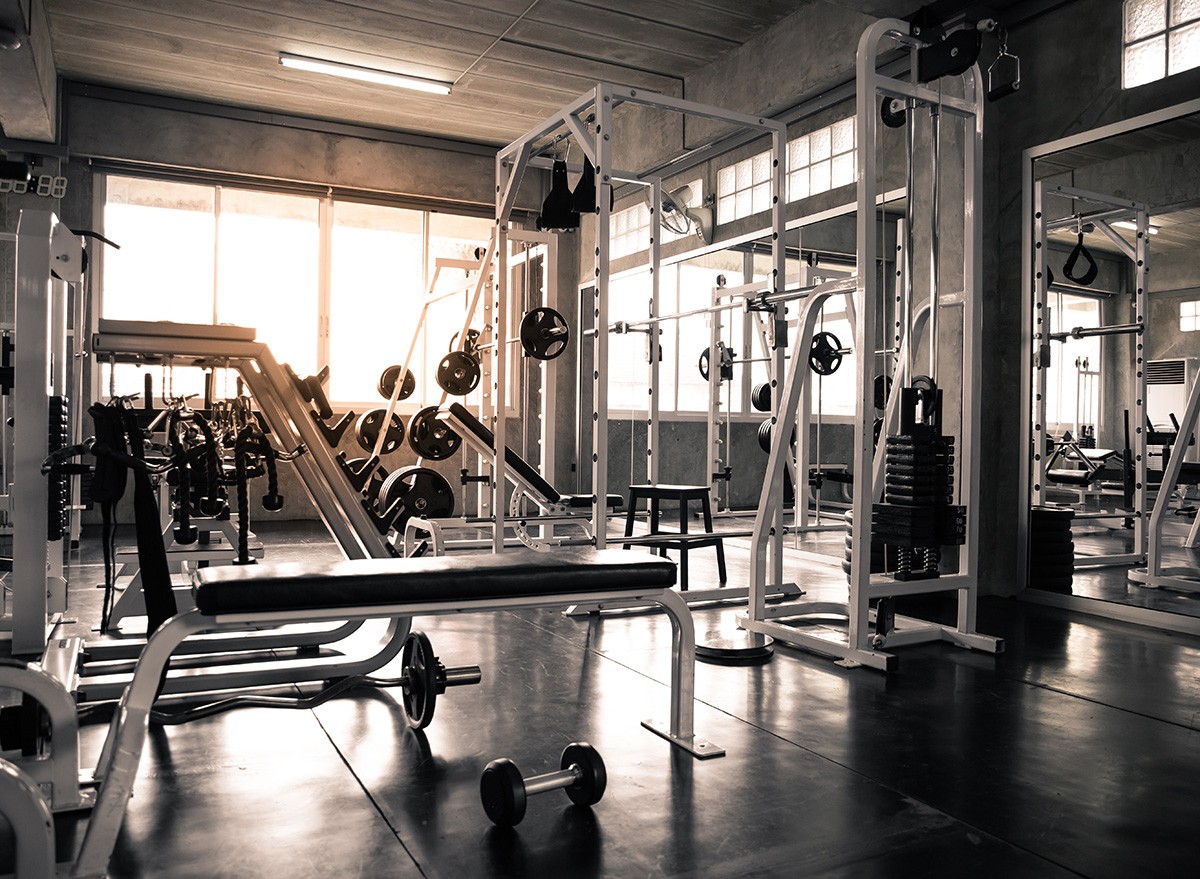
Staying fit without a gym presents real challenges. Finding motivation can be tough when you don't have a dedicated space for exercise. Without trainers or workout partners, accountability disappears, making it easy to skip workouts. Time constraints in busy schedules often push fitness to the bottom of your priority list. Additional obstacles include limited variety in home workouts, minimal guidance, and unrealistic expectations leading to quick burnout.
Why Small Daily Movements Make a Big Difference
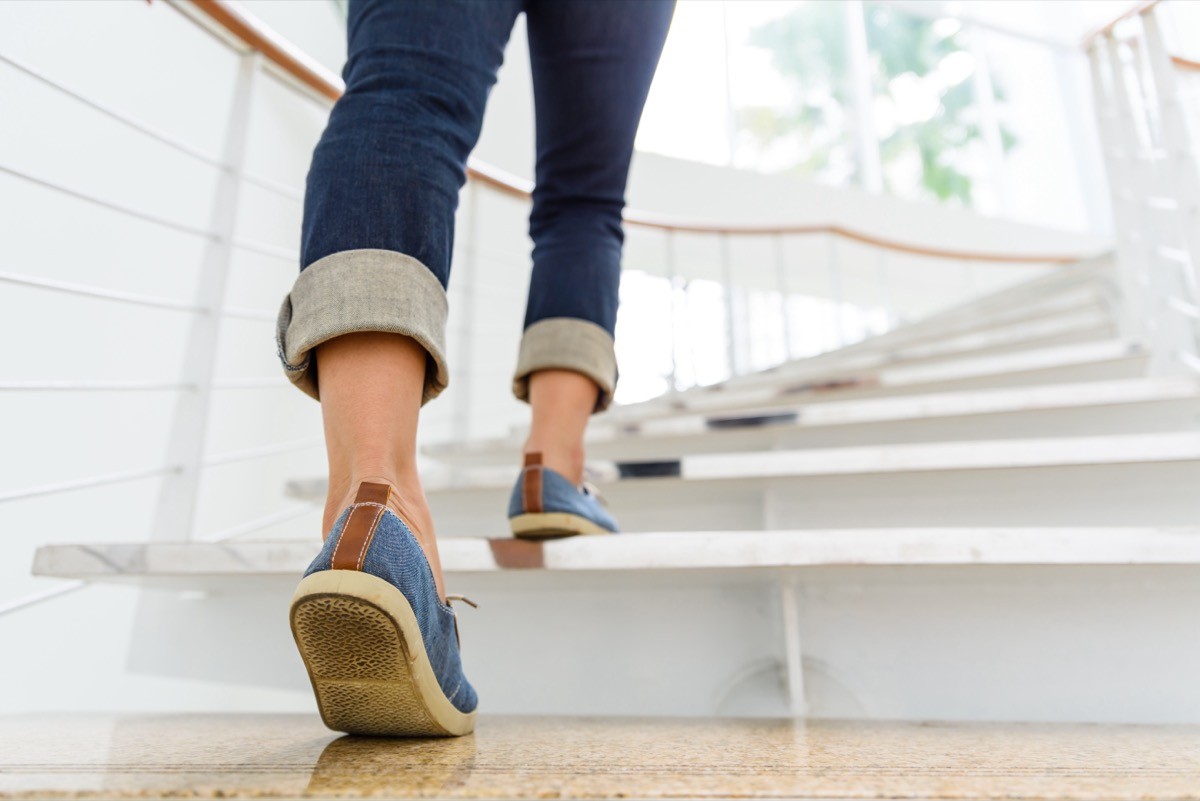
Those seemingly small choices—taking the stairs instead of the elevator or standing during meetings—create significant fitness benefits over time. These simple activities increase your daily calorie burn while improving heart health, building muscle strength, and supporting bone density. Even better, they boost your mental well-being without requiring extra time in your schedule or special equipment.
Burpees: Your Full-Body Cardio Solution
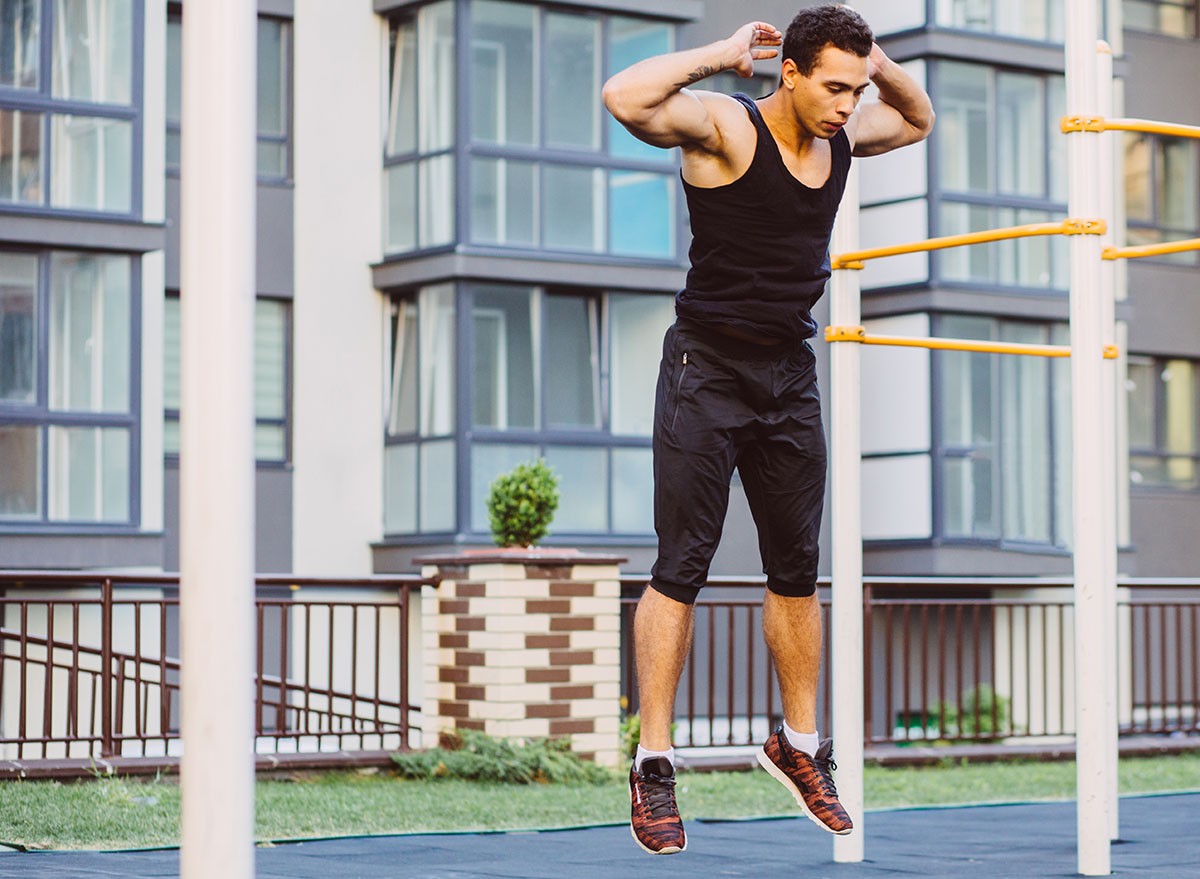
How to do it: Stand with feet shoulder-width apart. Squat down with hands on the floor. Kick your feet back to a push-up position. Perform a push-up. Pull your feet back toward your chest. Jump straight up with hands overhead.
How often: Perform 3-4 sets of 10-12 reps, 2-4 times weekly.
Why it works: This high-intensity exercise burns calories quickly while building strength in your core, legs, arms, and chest.
Pro tip: Break the movement into individual steps until you build coordination and strength.
Walking Lunges: Strengthen Your Lower Body

How to do it: Stand with feet shoulder-width apart. Step forward and bend both knees to 90-degree angles. Push up and bring your back foot forward to repeat on the opposite side.
How often: Aim for 2-3 sets of 10-12 reps per leg, 2-3 times weekly.
Why it works: This exercise combines strength and cardiovascular benefits while improving balance, flexibility, and joint mobility.
Pro tip: Keep your front knee over your ankle (not pushing forward) and take appropriately sized steps.
Bicycle Crunches: Target Your Core
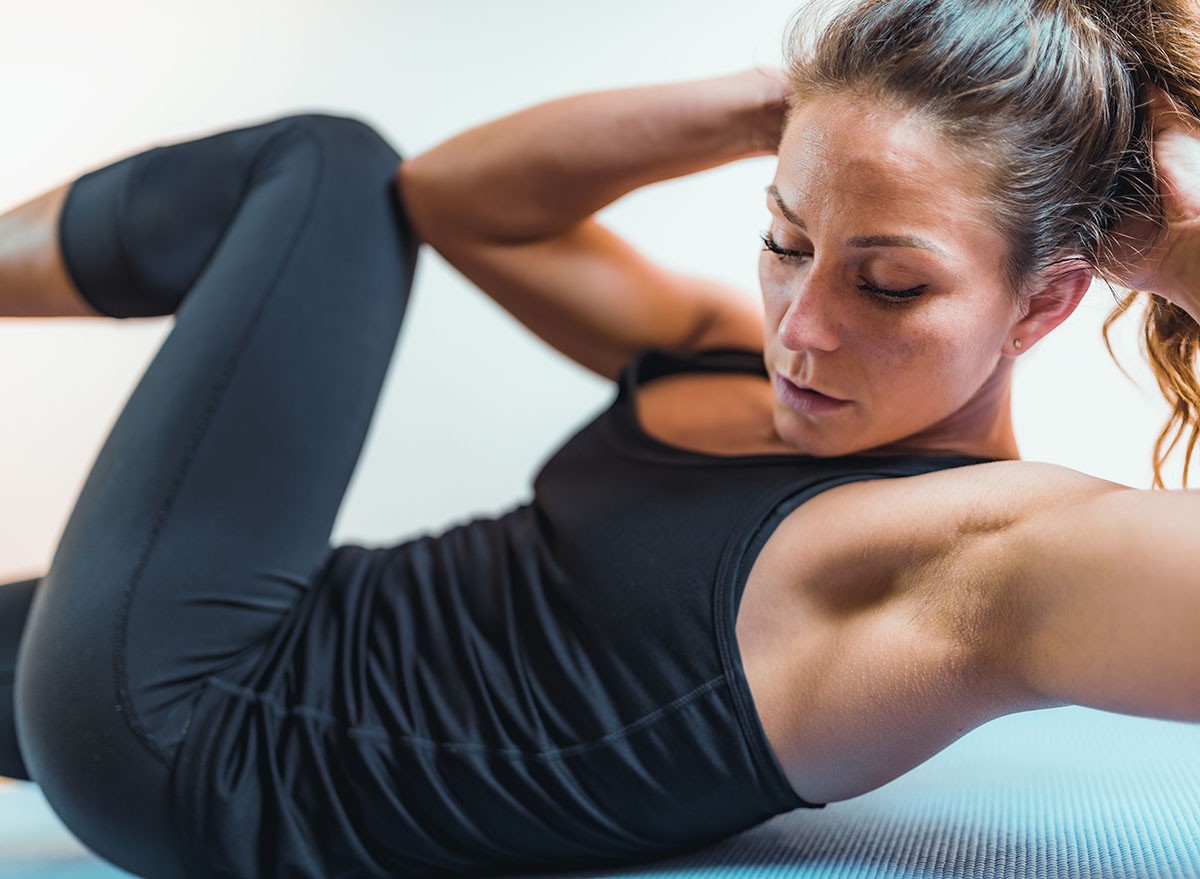
How to do it: Lie on your back with knees bent in tabletop position. Interlock hands behind your head. Twist to bring one elbow toward the opposite knee while extending the other leg straight. Switch sides in a pedaling motion.
How often: Complete 2-3 sets of 12-20 reps, 3-5 times weekly.
Why it works: Bicycle crunches engage multiple core muscles while improving balance and coordination.
Pro tip: Keep your core engaged and back pressed against the floor, without pulling on your neck.
Leg Raises: Strengthen Your Lower Abs
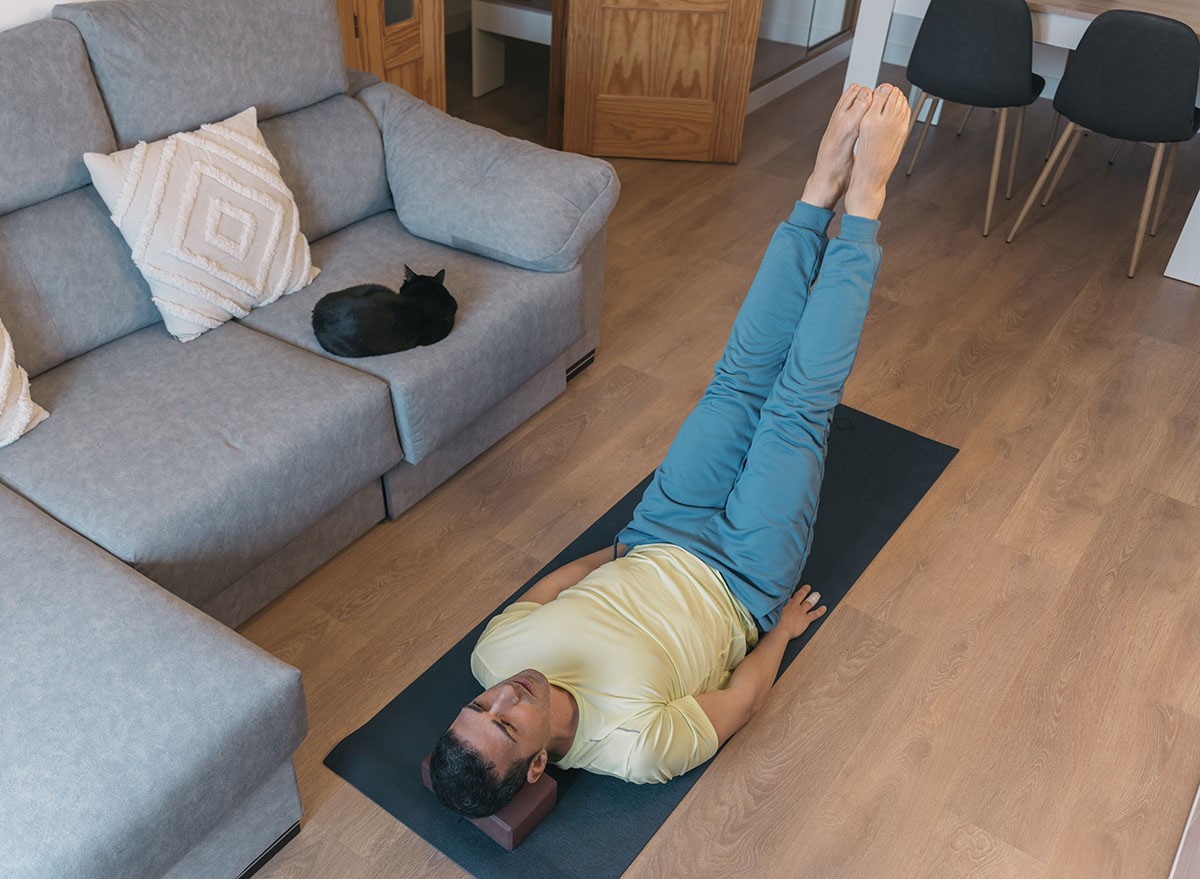
How to do it: Lie flat on your back with legs extended. Place arms at your sides. Engage your core as you raise your legs straight up to a 45-degree angle, then slowly lower until they hover just above the floor.
How often: Perform 2-3 sets of 10-15 reps, 2-3 times weekly.
Why it works: This move strengthens your core, hip flexors, and back muscles to improve stability and posture.
Pro tip: Avoid arching your back or swinging your legs—control the movement with your core.
Squat Jumps: Power Up Your Lower Body
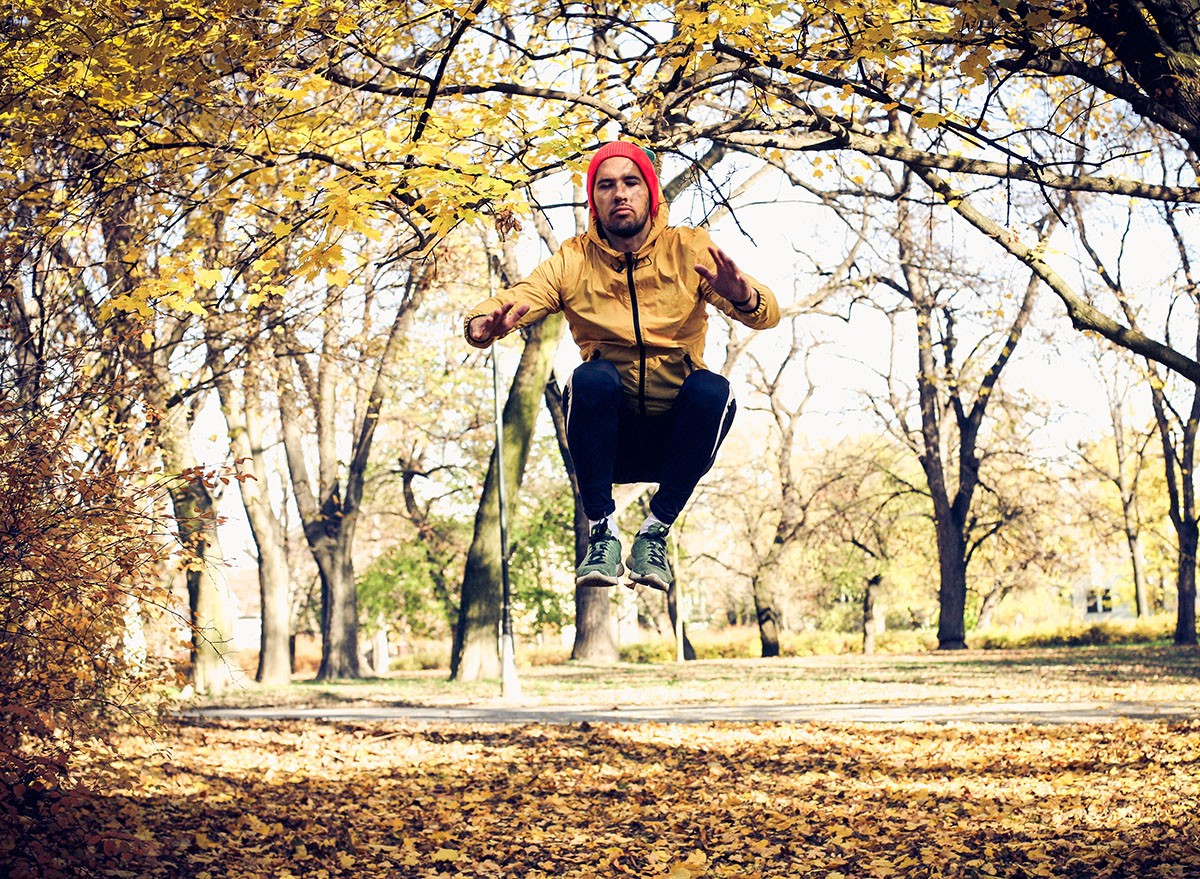
How to do it: Stand with feet shoulder-width apart and arms extended or on hips. Lower into a squat until your knees reach 90 degrees. Explode upward into a jump, landing softly with knees slightly bent.
How often: Do 2-3 sets of 5-8 reps, 3-5 times weekly, gradually increasing intensity.
Why it works: This high-intensity plyometric exercise combines strength and cardio benefits in one efficient move.
Pro tip: Keep your knees aligned (not caving inward) and heels on the ground during the squat portion.
Mountain Climbers: Elevate Your Heart Rate
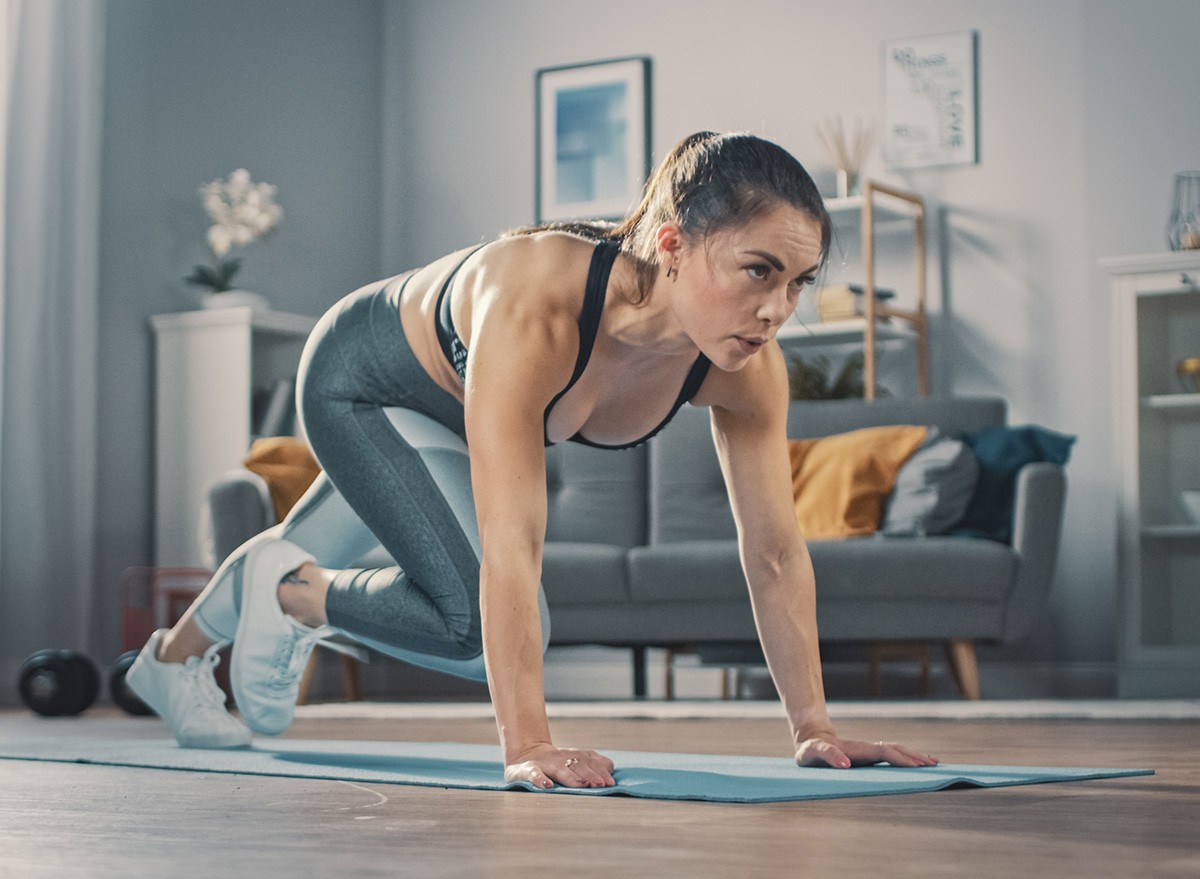
How to do it: Begin in a push-up position with shoulders over hands. Drive one knee toward your chest, then switch legs in a running motion, gradually increasing speed.
How often: Complete 3-4 sets of 45-60 seconds each, at least 3 times weekly.
Why it works: This high-intensity movement engages multiple muscle groups simultaneously while strengthening your core.
Pro tip: Maintain a straight line from shoulders to heels, avoiding hip or back arching.
How to Fit These Habits Into Your Busy Day

Create a schedule that works for your life. Look for small windows of time where you can perform quick high-intensity interval training. Even 10-15 minutes can be effective when you combine these exercises into a circuit. The key is consistency—find times that realistically fit your day rather than trying to completely reorganize your schedule.
How Nutrition and Recovery Support Your Fitness

Fitness doesn't exist in isolation. Proper nutrition provides essential fuel for your workouts and recovery. Staying hydrated helps regulate body temperature, transport nutrients, and remove waste products. Quality sleep allows your muscles to repair and rebuild while regulating hormones that affect energy, mood, and appetite. When these elements work together, your fitness results multiply.
What Results to Expect in Just a Few Weeks

Stick with these habits and you'll notice increased endurance and stamina within just a few weeks. Your cardiovascular health will improve alongside greater muscle strength. Many people also experience weight management benefits, improved body composition, better sleep quality, elevated mood, reduced stress levels, and a lower resting heart rate.
Staying Motivated for the Long Run
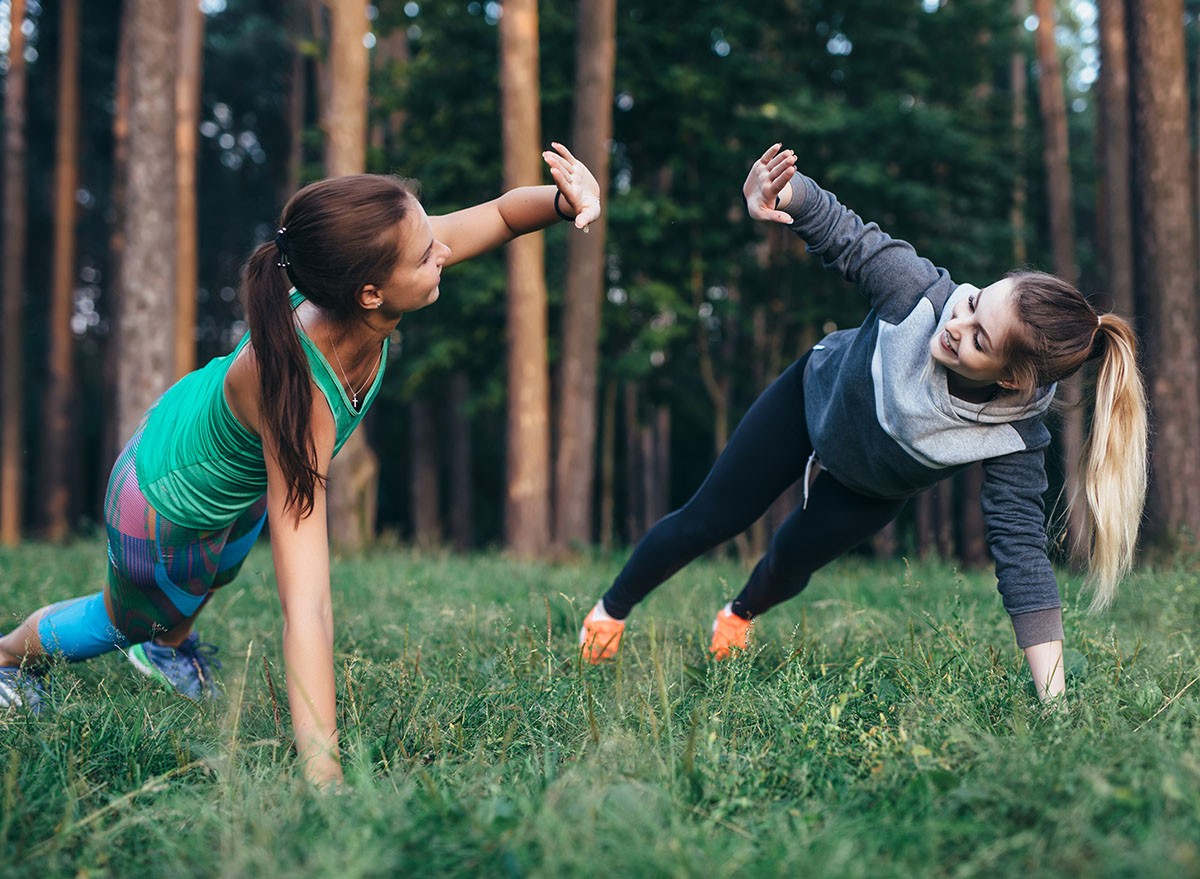
Set achievable short-term goals that lead to your larger fitness vision. Build these exercises into your regular schedule to create lasting habits. Celebrating small victories keeps motivation high, while having a consistent routine eliminates the daily decision of whether to exercise. Remember that even small efforts compound over time into significant results. And if you enjoyed this article, don't miss 12-3-30 Walking Method: 20 Proven Tips to Lose Weight Faster.




